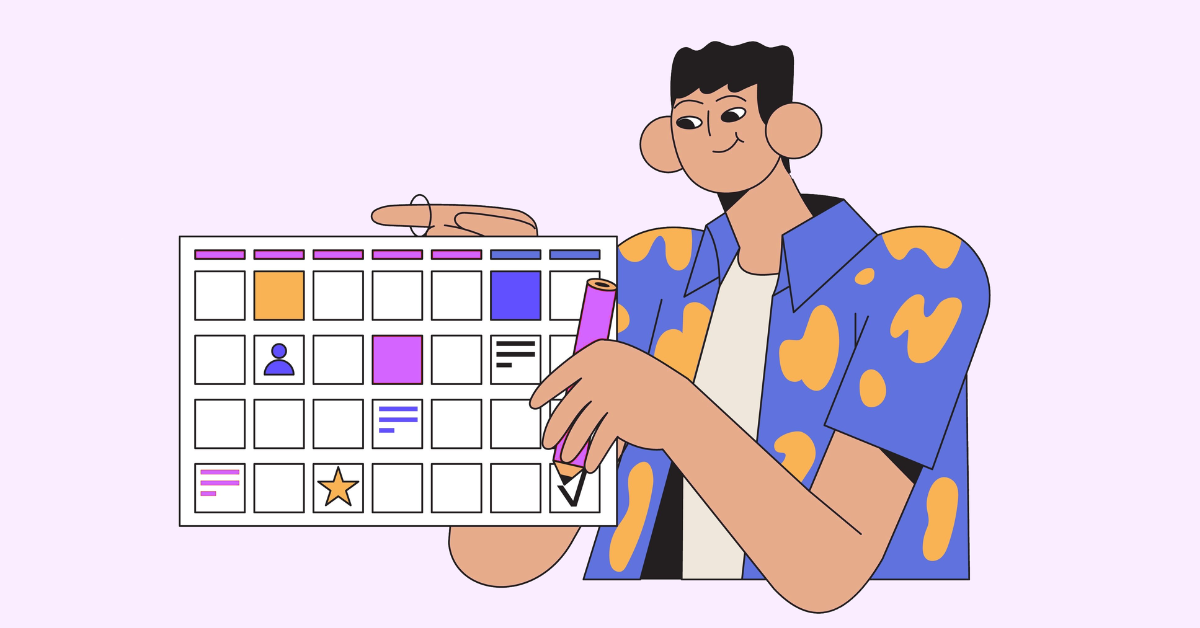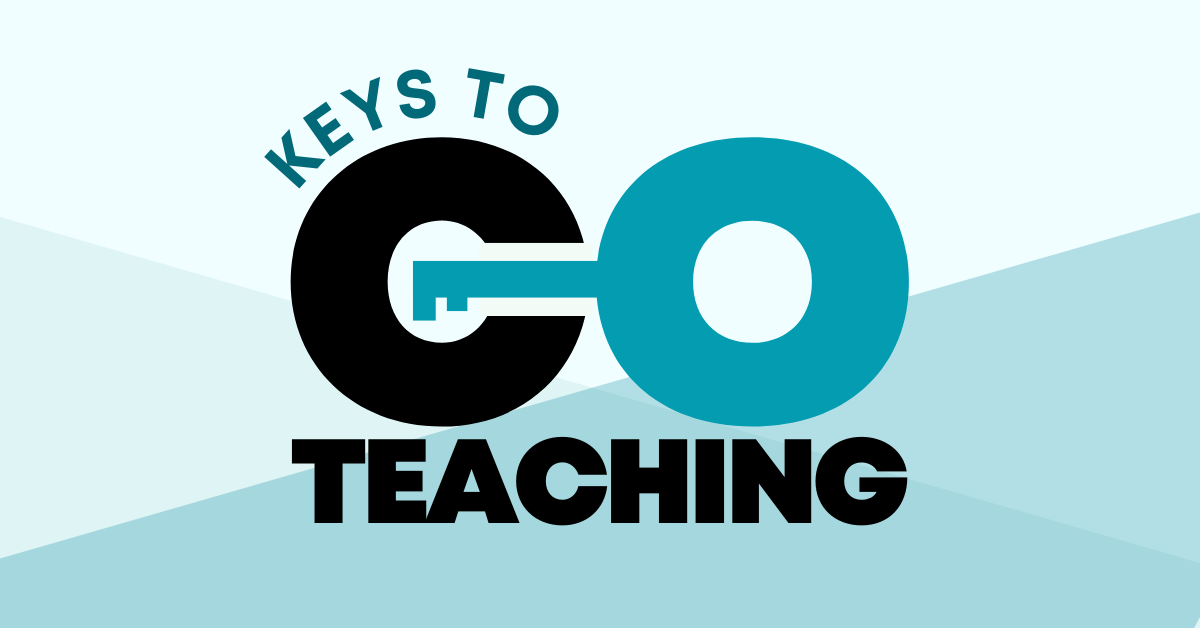|
Rethink this co-teaching model that, when used thoughtfully, increases teachers' ability to respond to student needs.
Of the six established co-teaching models, One Teach, One Observe is the one that gets a bad rap. In my experience as a coach, working with leadership and teacher teams to make the most of co-teaching, One Teach, One Observe is often the one administrators want to take off the table completely.
“If I’m dedicating the resources of two teachers to one classroom, I want there to actually be two teachers in the room,” is something I often hear, in one way or another. And it’s understandable that there would be an expectation of seeing two teachers actively supporting and interacting with students in a co-taught classroom. At the same time, I would argue that when used strategically and thoughtfully, the One Teach, One Observe model is a powerful tool for formative assessment and data-informed teaching. Unfortunately, there are some common misconceptions that cloud our understanding of the model and prevent us from using it as such. Here are some common myths around One Teach, One Observe worth busting. One Teach, One Observe means we’re primarily observing the other teacher to see what they do.
Often, I see or hear the model suggested for newly established co-teaching teams — as a way for the newer teacher to get to know the style and practices of the more seasoned teacher, or as a way to learn from their expertise. While one could make a case for this in certain contexts, it’s clear that this diverts effort and attention from the students in the room — the opposite of our goals in a co-taught classroom. Instead, students should be the focus of our observations; the observing teacher collects data around how students are responding to information or engaging in classroom work.
The power of observation in the classroom is often acknowledged and discussed, but focused and sustained observation can feel like a pie-in-the-sky expectation when teachers face so many demands for their attention: a student comes in late and needs catching up, attendance is due, a video needs to be cued for the next portion of the lesson, two students need help settling a disagreement. The list goes on. This is the beauty of having two teachers in the room: one teacher can attend to these needs, while the other remains zeroed in on collecting the important data. The One Teach, One Observe model doesn’t require any planning or coordination amongst co-teachers.
While it is true that the One Teach, One Observe model may require less planning than other models — and can be an option when co-planning is just not possible — communication and preparation are required for using this model to its fullest potential. First, co-teachers must decide — ideally together — that a particular lesson or lesson section provides an important opportunity to learn more about students’ current understandings or performance with particular concepts or skills; it is important to remember that our goals for student learning inform our choices around co-teaching approaches, and not the other way around.
Second, we must decide the specific skills, understandings, or academic habits on which to focus our observations. In Teach like a Champion 2.0, Doug Lemov discusses the difference between simply “watching” students as they work, and “tracking” their progress through observation, with the latter meaning “the active seeking of the most important indicators of learning” (p. 45). In preparing to collect observational data during a lesson, we must ask ourselves: what specifically in students’ work or discussion will show me that they are “getting it”? We then must determine and prepare an easy-to-maintain system for tracking those specific “look-fors” (e.g. a list of student names, with a place to make a hash mark every time they refer to the map in their discussion on geographic factors). Perhaps the most coordination and preparation, however, comes with deciding what to do with the observational data once it’s collected — that is, how it will be used to make instructional decisions. Co-teachers might decide ahead of time that the data will be used to inform student grouping in real time; students who need further support with specific skills might work with one teacher in a small group, while the rest of the class continues on with the next learning objective. This requires having materials or teaching points prepared for the small group. Or, if the skills being assessed are not necessarily prerequisite to the day’s lesson, co-teachers might decide to look at the data together at the end of the day to determine differentiation or determine strategic grouping for the next day; perhaps students who would benefit from more practice with a particular skill will have a differentiated task, or the option to spend time at a learning center that supports them with review. In order to support co-teaching teams in all phases of planning, I have created an observational planning template to guide teachers in the before, during, and after of collecting observational data. One Teach, One Observe means one teacher is observing for the entire lesson.
This is a myth that applies to all the co-teaching approaches — that co-teachers should stick to one model for an entire lesson — when in reality, hybridizing or sequencing multiple models within a lesson is often the way to more effectively leverage them for student success.
This remains true in relation to the One Teach, One Observe model — if we are intentional and targeted in the type of data we are collecting, it is unlikely that observation is necessary for an entire lesson, anyway. Consider using this model at strategic points throughout a lesson — while students complete a Do Now activity, or for the first problem or question they are answering independently. This will free the second teacher up to provide more interactive support for the remaining time. The Special Education teacher should always be the one observing.
One of the drawbacks of the One, Teach, One Observe model — especially when used inflexibly or too often — is that one teacher might be relegated to an “assistant” role in the eyes of the student, a consequence we know can negatively impact classroom culture and dynamics. One way to mitigate that risk is to alternate the teacher observing and the teacher leading. This way, students see both teachers as instructional leaders, and both teachers have the opportunity to gain valuable insight through observation.
With two teachers in the classroom collaborating and working together toward student learning, the opportunities to respond to students’ needs increase dramatically. Observation is a relatively simple tool that becomes powerful when utilized thoughtfully by teacher teams.
|
|
The Center for Professional Education of Teachers (CPET) at Teachers College, Columbia University is committed to making excellent and equitable education accessible worldwide. CPET unites theory and practice to promote transformational change. We design innovative projects, cultivate sustainable partnerships, and conduct research through direct and online services to youth and educators. Grounded in adult learning theories, our six core principles structure our customized approach and expand the capacities of educators around the world.
|
ABOUT US
525 West 120th Street, Box 182 New York, NY 10027 416 Zankel Ph: (212) 678-3161 [email protected] Our Team Career Opportunities |
RESOURCES
Professional Articles Ready-to-Use Resources Teaching Today Podcast Upcoming PD Opportunities |
COACHING SERVICES
Custom Coaching Global Learning Alliance Literacy Unbound New Teacher Network Student Press Initiative |






























